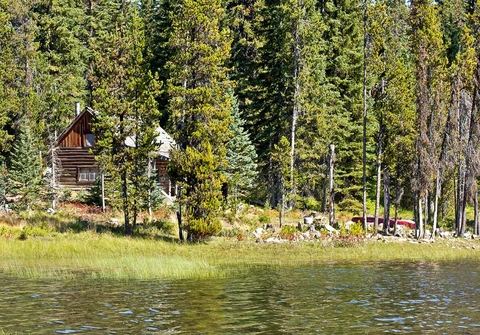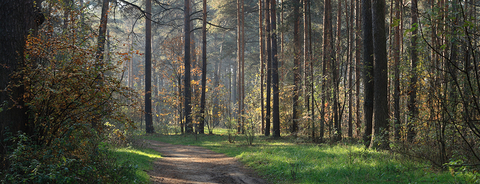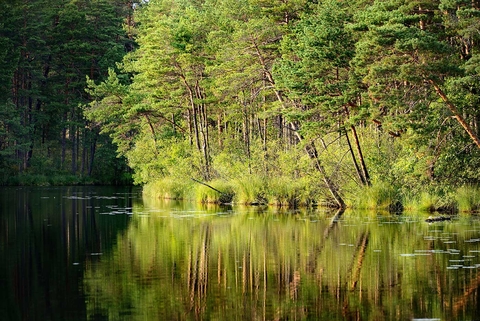Whether you plan to build the home of your dreams or simply a weekend getaway, you’ll have lots of decisions ahead of you. Before you buy, check zoning. Then, meet with local offices about permits. Find out about utilities, a water well and septic system. Then develop a plan. To minimize the effect on environment, develop erosion plans, flag sensitive areas, minimize hard surfaces and keep as much natural vegetation as possible.
Check zoning before you buy
Before you buy property, check local zoning ordinances at city hall or the county planning and zoning office.
- Is your intended use permitted in the land use district?
- Will the building setbacks from shorelines and roads allow you to build in your preferred location?
- Are there activities present or allowed in the area that may be undesirable to you?
Steps to getting started
The first thing you'll need to know is your legal description, where your property lines are and the exact lot dimensions.
Permits: Meet with local offices to discuss permits
You may need permits for a driveway, installing a sewage treatment system, building any structure, impacting a wetland or clearing the land for future development. Meet with your county planning and zoning office to discuss which permits you’ll need.
Utilities: Find out if utilities are available
Find out if utilities are available at the site and check with the local utility companies for service requirements (electricity, sewage, phone and others).
Water: Meet with a well driller
Meet with a well driller to determine your options for drinking water.
Or have existing well tested
If you have an existing well, have the water tested to evaluate quality for problems such as harmful bacteria or nitrates.
Septic: Meet with a local septic system installer
Meeting with a local septic system installer for an on-site analysis and cost estimate. You'll need to locate two possible sewage treatment sites. This should be done before you locate your building site or construct a driveway.
See resources for septic system owners.
Develop a plan
(See How to develop a plan for your shoreland property).
Evaluate your land
Many potential problems that impact lakes and shoreline can be avoided by taking time to carefully look around your property and see what’s there. Think about how your home or cabin will fit into the lake environment.
- Start by having a existing site survey done by a land surveyor.
- Then, this completed survey can be used to create a detailed landscape map of your property.
Road and driveways
- Plan roads and driveways to follow the contours of the land to keep the driveway as level as possible and minimize erosion.
- Avoid steep slopes, wetland areas and natural watercourses for safer roads with less negative impact to natural resources.
- Leave room for snow removal. Plan how you’ll get in and out of your driveway in slippery conditions.
- Plan for your driveway and turn-around to meet minimum access requirements for emergency vehicles.
Develop an erosion control plan
Make sure your contractor develops and follows an erosion and sediment control plan to minimize the harmful effects of sediment (dirt) leaving your site.
Flag areas that are off-limits to equipment
To avoid soil compaction and damage to vegetation, flag areas that need to be off-limits to construction equipment. These include areas such as sewage treatment systems, natural watercourses, trees and wetlands.
Minimize hard surfaces
Minimize hard surfaces, such as driveways, so rain can infiltrate naturally into the ground. Direct runoff to vegetated areas and consider developing a rain garden to treat runoff and add beauty to your property.
Retain native vegetation
Consider limiting the amount of lawn on your property. Native vegetation will require less maintenance while enhancing aesthetics, wildlife habitat and water quality.
Retain natural vegetation within the Shoreland Impact Zone along your lake or river. Your county Planning and Zoning Office can provide you with the shoreland ordinances that have specific instructions on how to maintain this zone.
Dead trees that have fallen in the water should be left in place to reduce shoreline erosion and provide habitat for fish and wildlife.
Selectively trim branches to enhance view. To provide view corridors from windows and decks, selected trees can be removed or branches can be trimmed.
Reviewed in 2018





